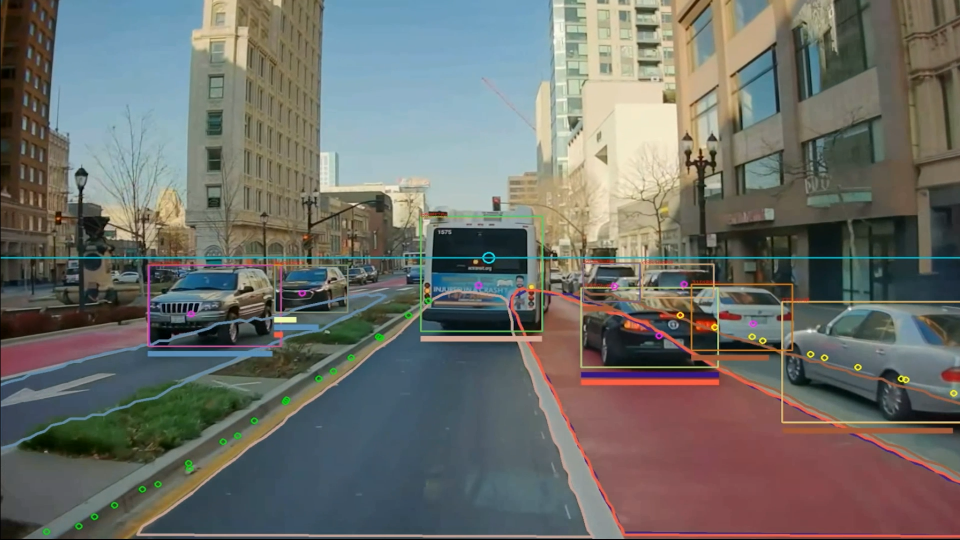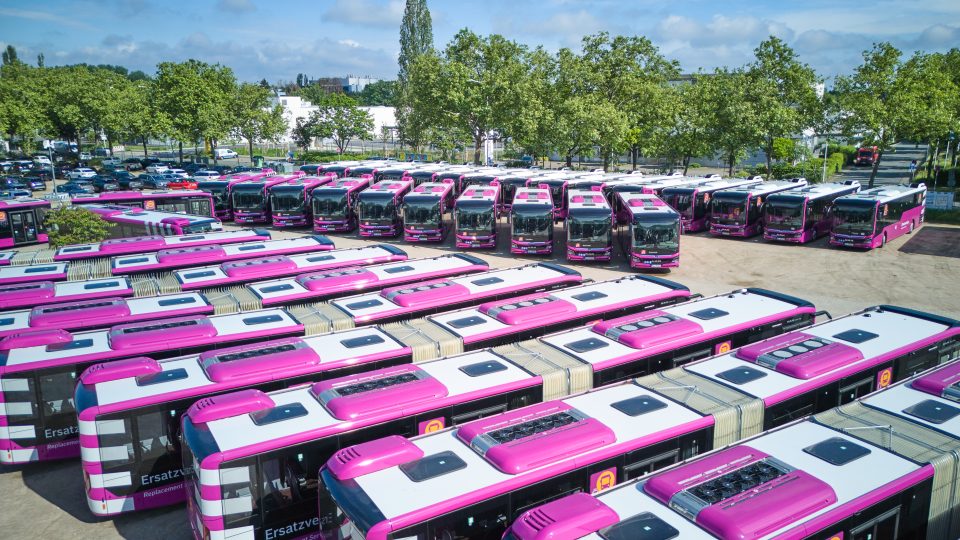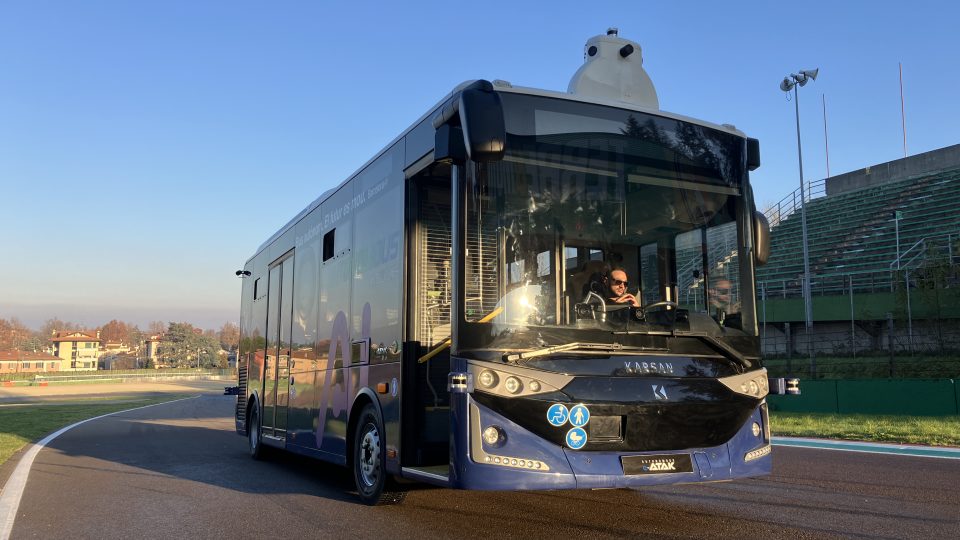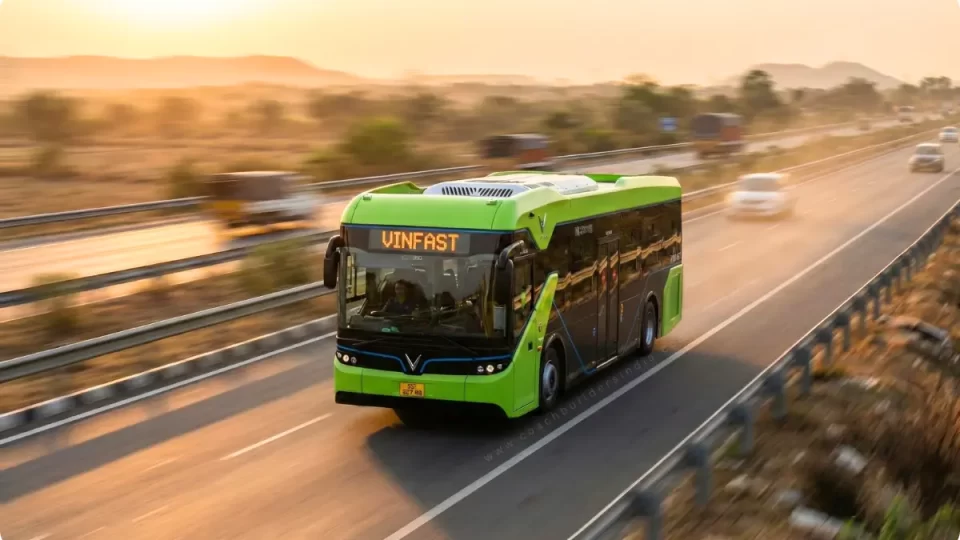Quantron has landed in Italy its largest e-bus order so far. Six units to be in operation in Turin
Quantron has won in Italy its largest e-bus tender so far. Six Cizaris 12 EV are set to be in operation from October 2023 in Turin under the livery of GTT. They’ll be deployed by the carrier Miccolis, who has been awarded a batch of GTT lines (one of the others awarded carriers is Autoguidovie […]

Quantron has won in Italy its largest e-bus tender so far. Six Cizaris 12 EV are set to be in operation from October 2023 in Turin under the livery of GTT. They’ll be deployed by the carrier Miccolis, who has been awarded a batch of GTT lines (one of the others awarded carriers is Autoguidovie – Cavourese, that will deploy e-buses within a e-bus as a service contract with Enel X).
The German company is in the process of establishing an Italian division, Quantron Italy, as an outcome of a joint-venture with an Italian company, states Alexander Stucke, head of sales BU bus at Quantron AG (he covers that position since August 2022). Quantron is has taken part to the E-Bus test organized in Bonn by German magazine Omnibusspiegel.
The delivery in Turin will not the very first for Quantron e-buses, however, Before that, a batch of vehicles will enter operations in the Munich area, between May and June.
The buses are accompanies by full service contract for 5 years. Warranty covers eight years.
UPDATE 30TH JUNE 2023: The delivery has been announced by the manufacturer with a press note highlighting some additional information. The e-buses for delivery in Italy are equipped with 363 kWh batteries that facilitate a reliable range of up to 370 km. The 12 metre-long bus offers sufficient space for up to 89 passengers. In addition, four fully electric minibuses were recently delivered to the municipalities on the island of Elba in order to decarbonise local transport operations. Quantron Italy has converted these vehicles using the Quantron EV150 kit. Fabrizio Simoni, Managing Director of the newly-launched Quantron Italy, added: “It is an honour to have Europe’s first CIZARIS vehicles operational in Turin, a city that is a symbol of transport and mobility”.
Quantron Cizaris 12 EV ordered in Italy
Launched in early 2022, the Quantron Cizaris 12 EV is based on a vehicle platform that has proven itself hundreds of times over in Asia’s largest electric bus markets in recent years. Finishing works are done in Germany, while it should be mentioned that, expect for battery, most of the components have European origin.
With between 242 and 424 kilowatt hours of selectable battery capacity, CATL’s roof-mounted-only battery packs are fast-charged with 65 to 150 kW of direct current (DC) in two to five hours. In the medium-heavy eSORT 2 cycle, this energy is sufficient for 220 to 370 kilometer (220 to 370 mile) circulations at a do-duty (DoD) charge rate of 10 percent, the manufacturer says
The vehicle-mounted and water-cooled Dana/TM4 central motor based on the permanent synchronous principle (PSM) is appealing due to its low speeds and particularly high efficiency compared with asynchronous motors. It has an output of 145/245 kilowatts (nominal/maximum) and a maximum engine torque of 1,055/3,329 newton meters, which is developed without any gear changes. With the introduction of the fuel cell version, an even more powerful powertrain will be used.










